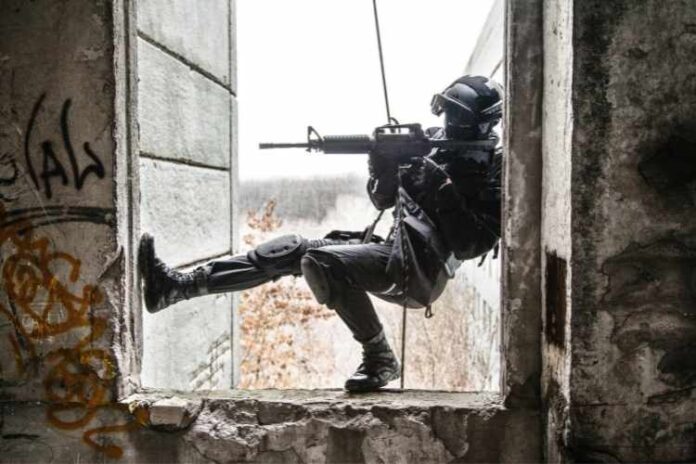If you work in law enforcement or the military, you probably understand the importance of wearing body armor.
You may already be wondering: “what size plate carrier do I need?” Or “how much equipment can my tactical vest carry?” Not so fast.
There are two different types of body armor: tactical vests and plate carriers.
While many people use the terms interchangeably, these two pieces of body armor are different. To understand which one is the best choice for you, you need to learn the differences between them before making a decision.
Tactical Vests
While law enforcement agencies sometimes use tactical vests for special duties, the military uses them during scouting missions that require speed because they are lightweight. A tactical vest can also be put on and taken off quickly because it features a zip down the front. However, a tactical vest does not offer as much protection as other vest solutions. In fact, some argue that no tactical vest is as safe as a plate carrier.
Tactical vests are fitted with multiple pouches, MOLLE spaces, and compartments to carry the weapons and tools a soldier or an officer needs – like rifle magazines, survival supplies, flashlights, first aid kits, tasers, and knives. These pockets are designed to hold equipment securely and ensure they do not fall out.
Flexible tactical vests come in various configurations and materials – some are suitable for SWAT teams, and others are better for paintball players.
Tactical Plate Carriers
Tactical plate carriers are much heavier than tactical vests because they have ballistic or ceramic panels. Although they are heavier than tactical vests, they are designed to take the weight off the wearer’s gun belt and distribute it more evenly across the body.
Military service members wear tactical plate carriers during combat, and police officers wear them during active shooter situations. Plate carriers can be modified with ceramic plates depending on the wearer’s need for protection and duties. They are usually issued with traditional bulletproof vests or as separate ceramic plate carriers depending on the situation.
Like the tactical vest, plate carriers have compartments, MOLLE spaces, and pockets to accommodate equipment and tools. However, plate carriers come with more of a snag risk – the compartments should only be filled in such a way as to allow for a quick draw of a rifle or other weapon. While tactical plate carriers are bulkier and heavier to use than a tactical vest, they offer much more protection.
Tactical Vests vs. Plate Carriers: The Main Differences
The main differences between tactical vests and plate carriers involve their ease of use, weight, and heat generation.
Ease of Use
Because tactical vests are fitted with zippers down the front, they are easier to put on and take off than plate carriers. Some plate carriers have adjustable straps to ensure a snugger fit, but these make them a bit more cumbersome to put on and remove.
Weight
Another major difference between tactical vests and plate carriers is their weight. Due to their protective material and ballistic or ceramic panels, plate carriers are heavier and less breathable than tactical vests. However, this also means that the plate carrier is more equipped to stop a bullet than its lightweight vest counterpart.
Considering what you’ll be doing in it is crucial when deciding whether to use a tactical vest or plate carrier. A lightweight tactical vest may be the better option if you need to travel fast on foot. A plate carrier is the better choice if you are looking for maximum protection from bullets.
Heat Generation
Because plate carriers are heavier and less breathable than tactical vests, the temperature should also be considered. You’ll sweat less in the summer heat if you wear a tactical vest. However, many plate carriers come with hydration bladders.
Both tactical vests and plate carriers have their advantages and disadvantages – plate carriers are better at stopping bullets in active shooter situations and combat. In contrast, tactical vests offer more mobility because they are more lightweight.


